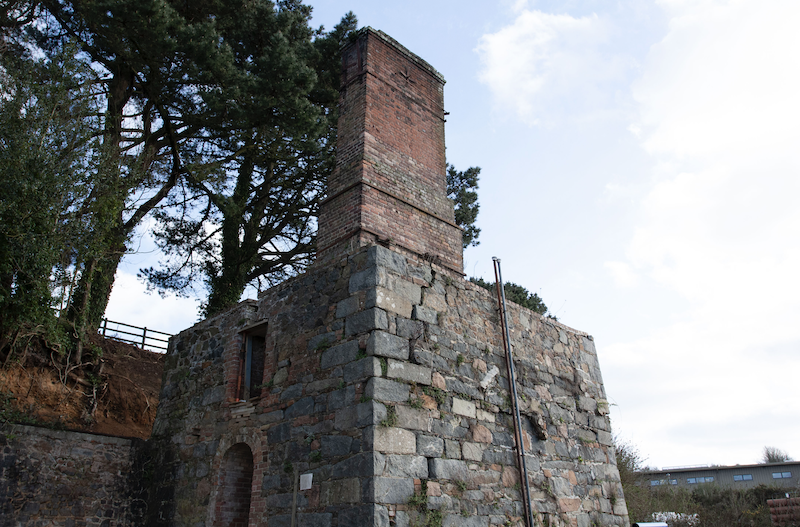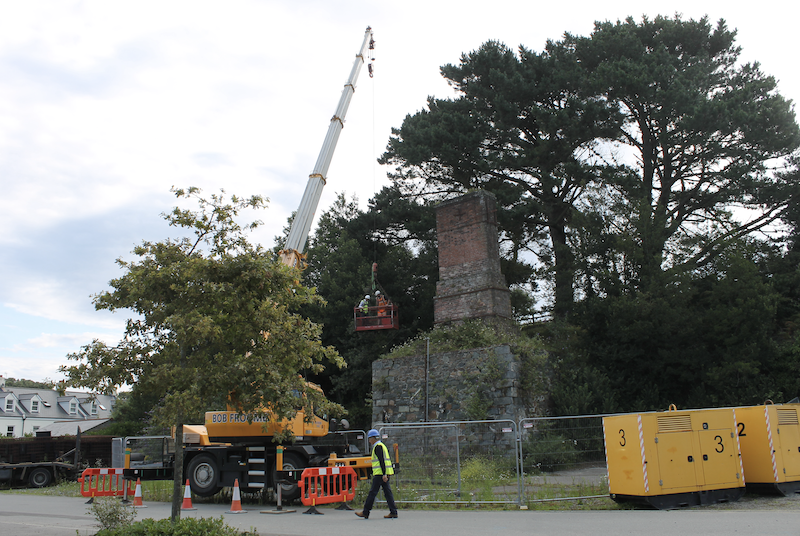


An historic kiln at Guernsey Water’s Brickfield site will be restored to its former glory by a local firm of architects.
Brickfield owes its name to its history: until 1947, it produced bricks for the local construction industry.
The bricks were baked in the up-draft kiln which was originally a bottle kiln built in 1820 but which was revamped for the brick industry.
Soon after the Occupation, it became so much cheaper to import bricks from London that Guernsey’s brick industry died, and the kiln then fell into disrepair. However, it remained a protected building and recently Guernsey Water has worked with WYG Heritage Consultants to prepare a conservation management plan for the kiln.
A tender was issued for the restoration project and CCD Architects was awarded the contract.
“We thought it was a fantastic opportunity and we were successful to get the tender,” said architect Laura Sebire.
“It’s an ongoing process. As we get more insight into the building, we’ll be able to look at the whole programme of works and the best way to approach them.”
CCD, structural engineers and others are now carrying out detailed investigations of the building and site. An ecologist is checking for bats and nesting birds.

Pictured: CCD used a crane to help them assess the historic building at Brickfield.
“There are some significant cracks in the building,” said Stuart Pearce, Managing Director of CCD.
“You can even see some huge root growth. As we carefully dismantle around that root growth, we’ll find how deep the roots have penetrated and that will guide us to how much work is needed.”
The restoration is expected to get underway in the next six months, once preparatory investigations are complete and after a pre-application has been submitted.
“It’s an important part of the island’s industrial heritage,” said Mr Pearce.
“When you start taking apart a 16th Century farmhouse, it’s made of stone and oak. Then the later buildings - all the arches and chimney stacks - are made of bricks, so it’s an important part of our built history.”
Comments
Comments on this story express the views of the commentator only, not Bailiwick Publishing. We are unable to guarantee the accuracy of any of those comments.